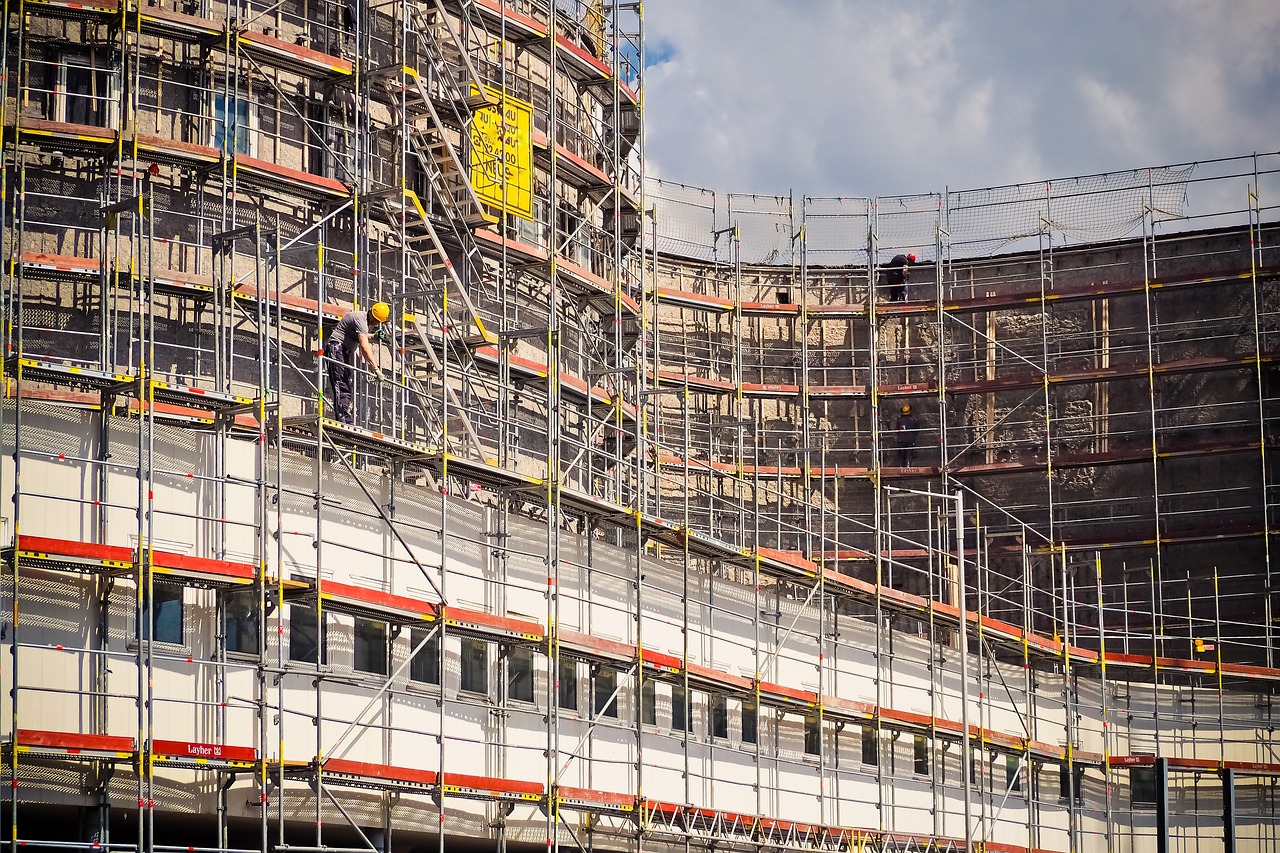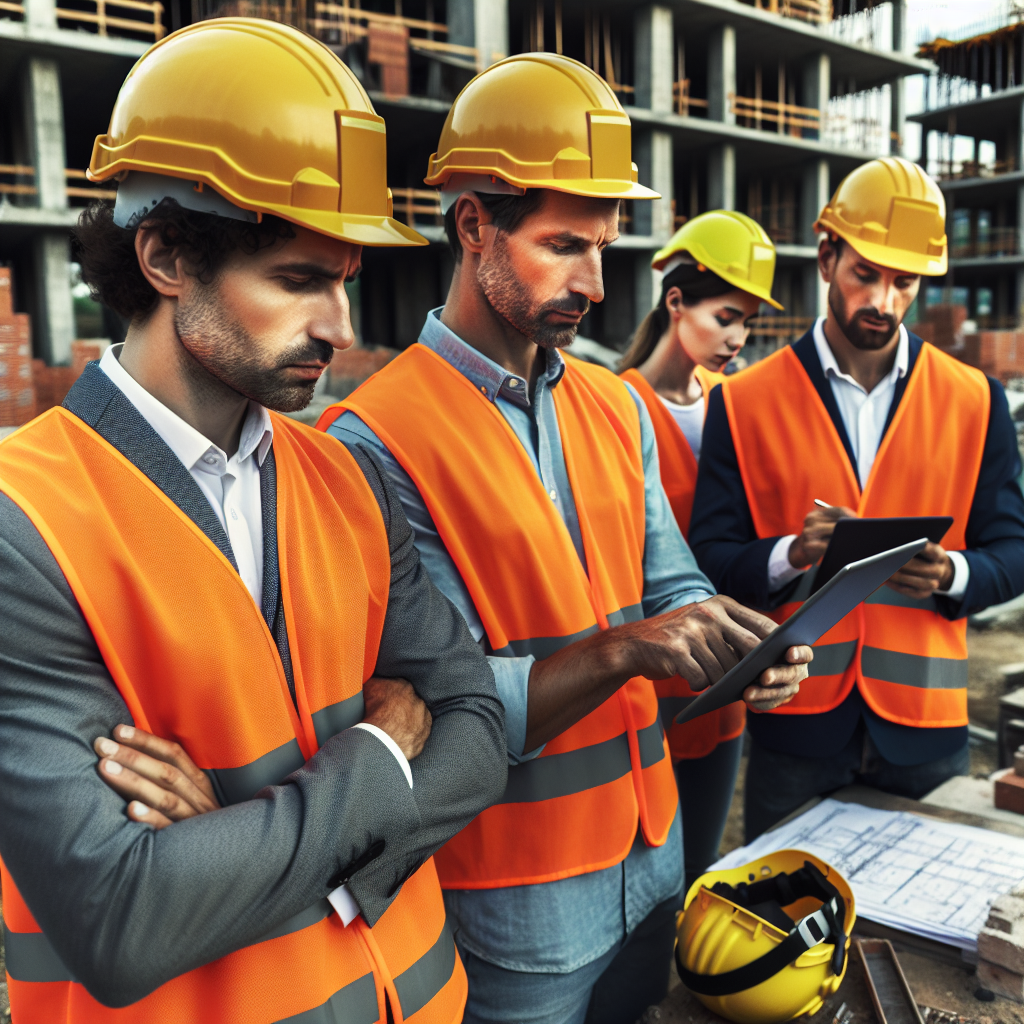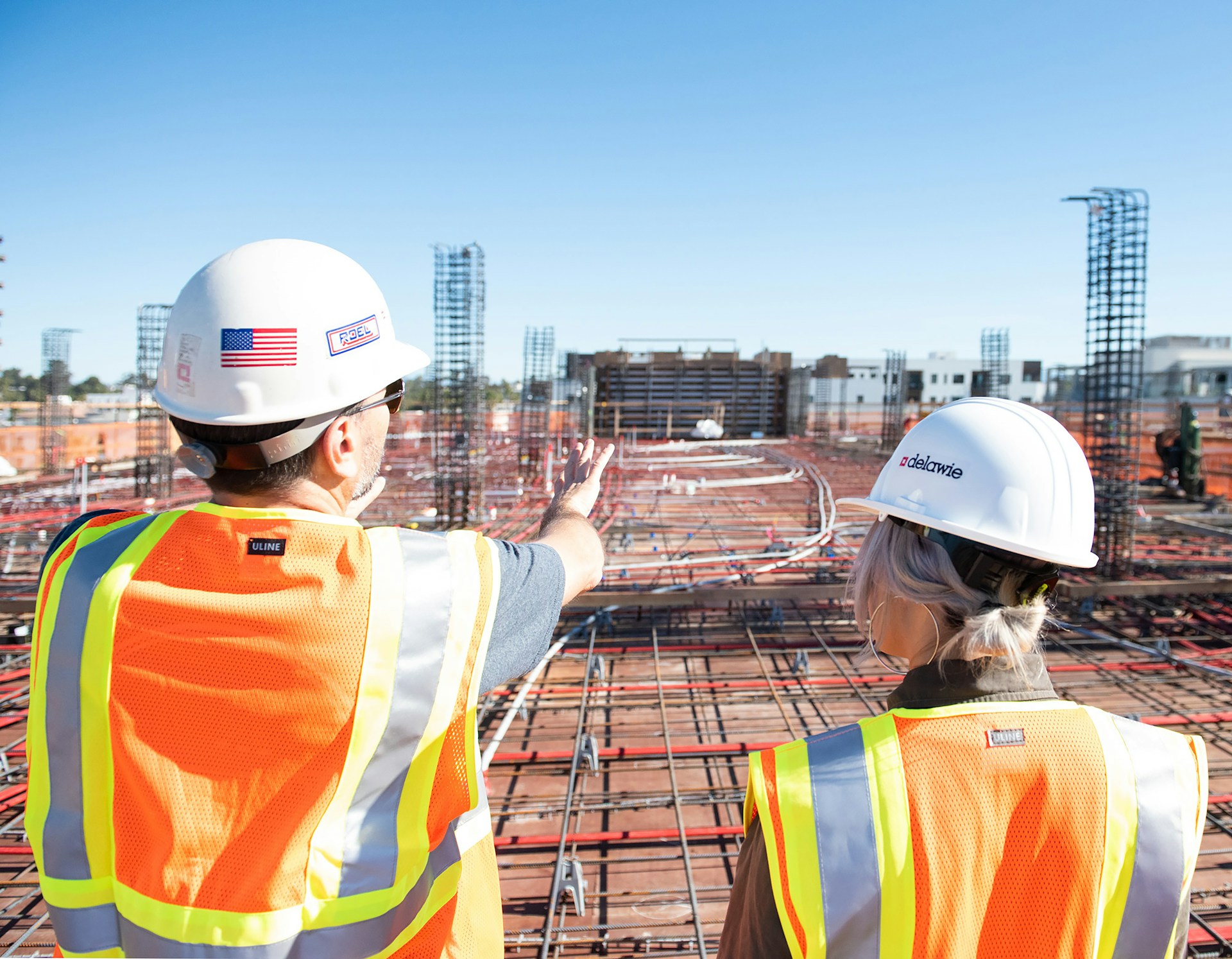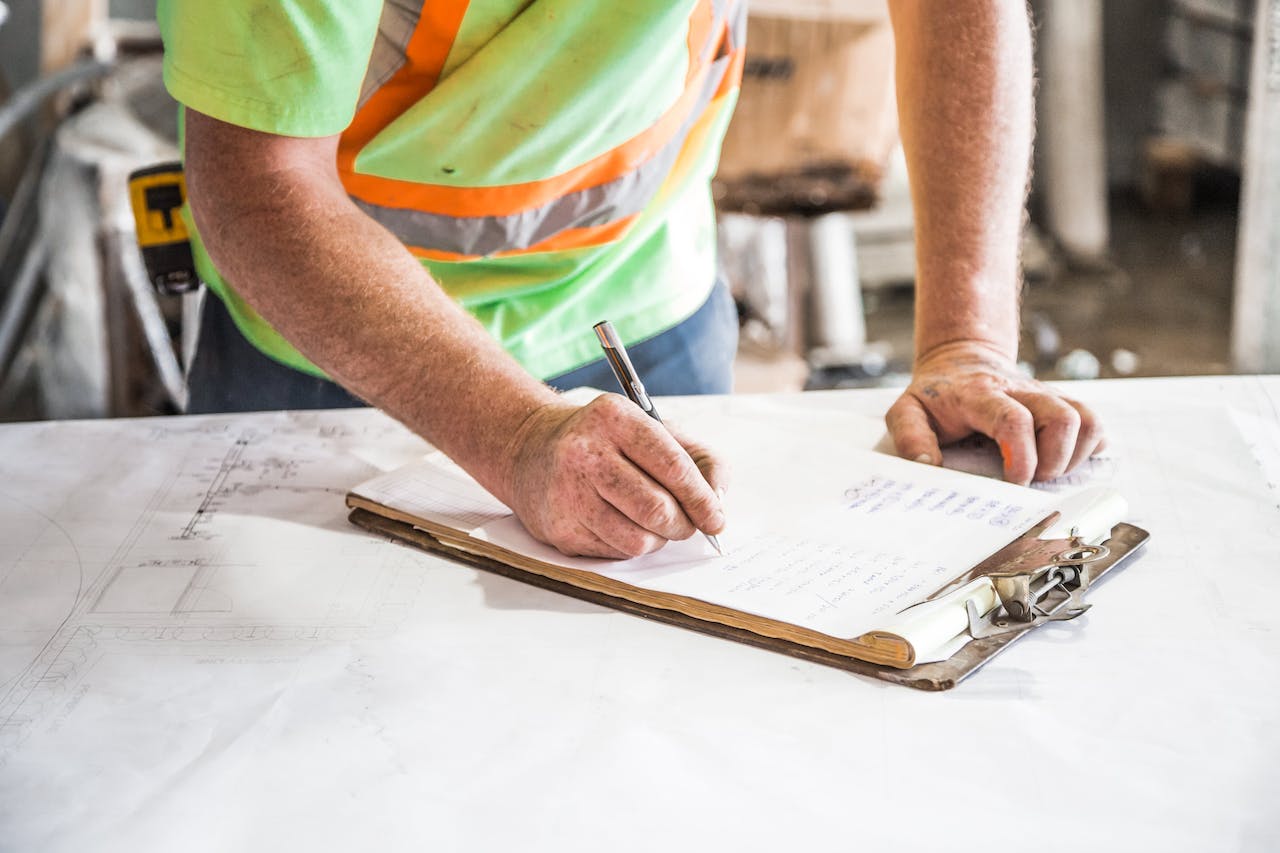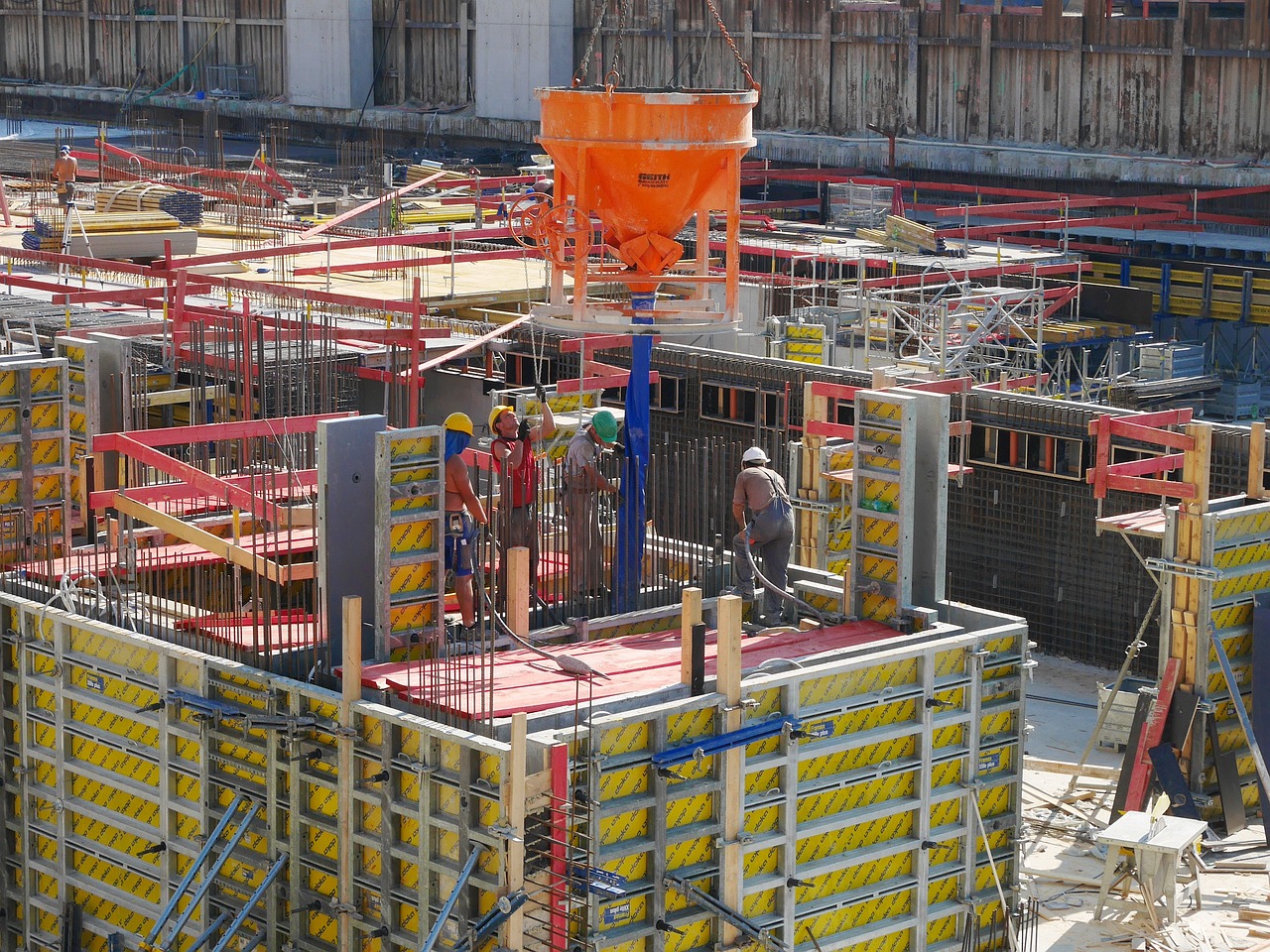Introduction
The construction industry is on the verge of a technological transformation, with innovations driving efficiency, sustainability, and safety. Emerging construction tech trends are revolutionizing the way projects are planned, designed, and executed. As we move into 2023, it’s important to explore these trends and their potential impact on the industry.
As the world continues to face challenges related to climate change, population growth, and urbanization, the construction industry has a critical role to play in creating sustainable and resilient infrastructure. The adoption of new technologies in construction is essential to achieving these goals and meeting the needs of future generations. In this article, we will explore the top construction tech trends to watch in 2023 and how they can contribute to a more sustainable and efficient construction industry.
Artificial Intelligence (AI) in Construction Tech
From 2022 to 2027, the AI in Construction Market is expected to grow at a 33.87% CAGR.
Artificial Intelligence (AI) is transforming construction projects by automating repetitive tasks, optimizing processes, and improving safety. AI can analyze construction data to identify inefficiencies and suggest improvements.
For example, AI can analyze construction site images to identify safety hazards, such as workers not wearing hard hats. AI can also reduce environmental impact and enhance building design.
By using AI-powered building simulation tools, construction professionals can test different building designs and choose the most energy-efficient option. Additionally, post-construction use of AI can help with building management and maintenance, including predicting when equipment needs repair.
Robotics in Construction
Robotics can increase efficiency, safety, and productivity on construction sites. Construction robots can be used for tasks like laying bricks, pouring concrete, and lifting heavy objects with greater precision and speed than human workers.
By using robotics for dangerous or repetitive tasks, construction companies can reduce the risk of injury to workers and improve project timelines. The use of robotics in construction is still in its early stages, but it’s expected to gain traction in the coming years.
Building Information Modeling (BIM) and Geographic Information System (GIS) Integration
The fusion of Building Information Modeling (BIM) and Geographic Information System (GIS) can enhance project planning, optimize workflows, and reduce expenditures. BIM is a software that creates 3D models, allowing architects, engineers, and contractors to work together on a digital representation of the building. Meanwhile, GIS is a mapping software that permits the addition of geographical data on a digital map.
According to a poll conducted by the Geospatial Information & Technologies Association (GITA), 87% of respondents felt that integrating GIS and BIM can help cut project costs and enhance project timeframes.
The combination of Building Information Modeling (BIM) and Geographic Information System (GIS) can improve project planning, optimise workflows, and lower costs. BIM is software that allows architects, engineers, and contractors to collaborate on a digital representation of a building. GIS is mapping software that allows the addition of geographical information to a digital map.
Digital Twins in Construction
Digital twins are virtual replicas of physical assets, and they are becoming increasingly popular in the construction industry.
Digital twins can help construction companies simulate design options, test building operation, and predict potential problems. According to a McKinsey & Company analysis, using digital twins in construction can improve building performance by up to 25%, save running costs by up to 20%, and reduce energy usage by up to 10%.
By creating a virtual replica of a building, construction companies can test the impact of different design choices on building performance. Post-construction, digital twins can be used for building management and maintenance. For example, by creating a digital twin of a building, construction companies can monitor energy usage and identify opportunities for energy efficiency improvements.
Post-Construction AI Inclusion
Post-construction AI inclusion is a construction tech trend that will gain prominence in 2023. By using AI to collect and analyze data, construction companies can gain valuable insights into how their buildings are performing.
For example, AI can collect data from sensors placed throughout a building to identify patterns in energy usage. This information can inform maintenance schedules and improve energy efficiency. Post-construction AI inclusion can also help with building management and maintenance, including predicting when equipment needs repair.
Augmented Reality (AR) and Virtual Reality (VR) in Construction
With the arrival of Augmented Reality (AR) and Virtual Reality (VR), the construction industry is seeing a shift in the way architectural plans are developed (VR). These technologies enable professionals to generate virtual models of buildings that allow them to “walk through” the design before it is built. Potential design flaws can be detected and resolved this way before the construction process begins. AR and VR are also used for training purposes since they allow workers to simulate difficult activities before completing them on a construction site. Furthermore, AR and VR can show real-time building information, assisting construction employees in understanding the development plan and anticipating any complications on-site.
According to a case study conducted by the University of Cambridge, the use of AR and VR in construction can help minimise design errors by up to 90% and construction time by up to 10%.
3D Printing in Construction
3D printing is transforming the construction industry by enabling the printing of large-scale building components.
3D printing can reduce waste, save time, and improve precision in construction projects. With 3D printing, construction companies can print building components on-site, reducing transportation costs and minimizing waste. 3D printing can also be used to print complex shapes that would be difficult to achieve with traditional construction methods.
Smart Buildings
Smart buildings are buildings that use Internet of Things (IoT) technology to automate and optimize building operations. By collecting data from sensors placed throughout a building, smart buildings can adjust lighting, temperature, and ventilation to maximize energy efficiency and improve occupant comfort. Smart buildings can also monitor equipment performance and predict maintenance needs, reducing downtime and maintenance costs.
X. Drones in Construction
Drones are transforming the way construction sites are surveyed and monitored. By using drones to survey a construction site, construction companies can create detailed maps and 3D models of the site. This information can inform project planning and help identify potential issues. Drones can also be used to monitor construction sites for safety hazards, reducing the risk of injury to workers.
According to Deloitte’s report, “The Future of Construction: Insights into the Construction Industry,” the use of drones in construction will expand by 239% by 2021. Drones, according to the paper, can be utilised for site surveys, monitoring construction progress, and improving safety on work sites.
To summarize:
The construction industry is on the cusp of a technological revolution, with emerging construction tech trends transforming the way projects are planned, designed, and executed. From AI and Robotics to BIM and GIS integration, construction companies are embracing cutting-edge technologies to enhance efficiency, reduce costs, and improve safety and sustainability. In 2023, it’s essential to stay ahead of the curve and explore these emerging trends. By incorporating these technologies into construction projects, companies can gain a competitive advantage in the market and position themselves for success in the years to come.
